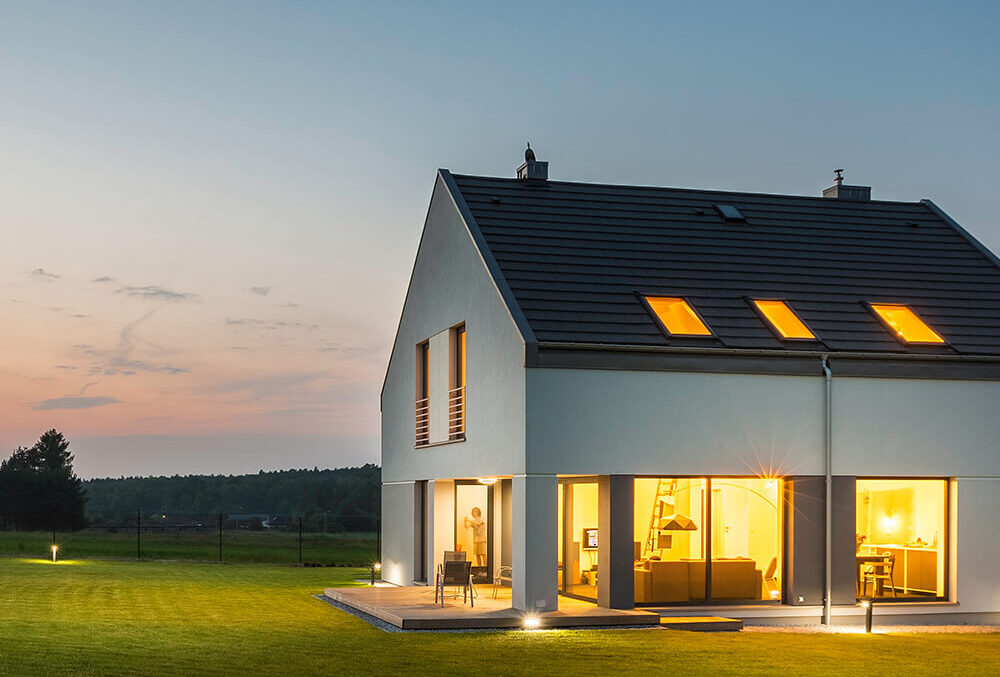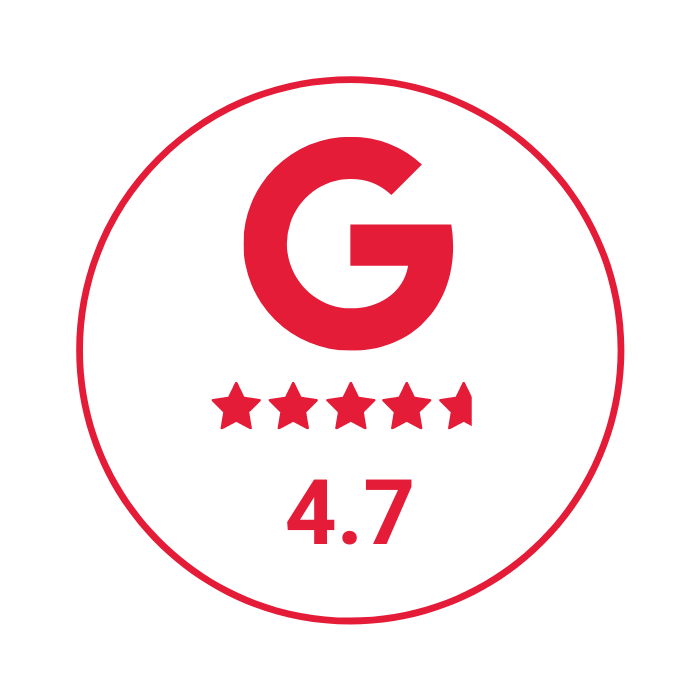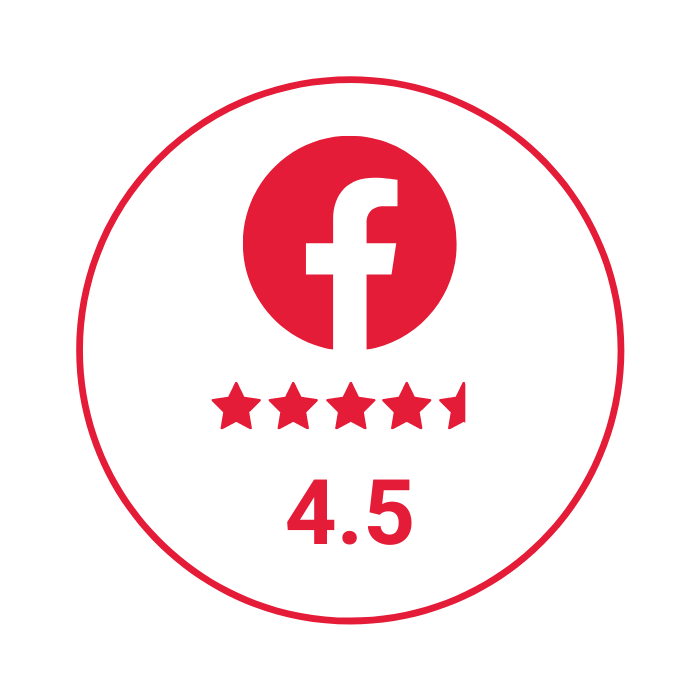Many people are excited about using solar energy as a clean method of generating power for their entire home, yet worry about the idea of not getting enough sunlight to power their home. This week we’re discussing the over and under-generation of solar energy, explaining the duck curve, and answering the question “are we running out of sun power?”

How do we measure sunlight?
The California Independent System Operator released a chart in 2013 that has lead to many debates about large-scale residential and commercial use of solar photovoltaic (PV) power. The duck curve (yes, the curve resembles a duck) demonstrates the difference in electricity demand and the amount of solar energy actually available by contrast on a daily basis. The sun goes through peaks and valleys through the span of 24-hours, producing different rates of PV power at different times on any given day. When the duck curve was released, it sparked a debate of whether or not we have too much or too little sunshine to sustain the solar panels being installed every day.
Sunlight is in high demands
While the use of solar power is at an all-time high, the sun is not producing any more energy than it was in previous years. In addition, residents all over the country are using using more energy than in the past and paying more for either installation of solar panels or for the electricity they use on a daily basis. With energy consumption at an all-time high, it’s important to utilize solar energy as effectively as possible. Panels must be able to store energy for utilization during less effective solar hours. On the contrary, the over-generation of PV power can result in negative results for the environment as some types of panels can release a sort of toxicity in the air as they overpower. Essentially, there is a sweet spot for energy consumption, and when the duck curve was released, it showed that the sweet spot might be more difficult to achieve than many professionals assumed.
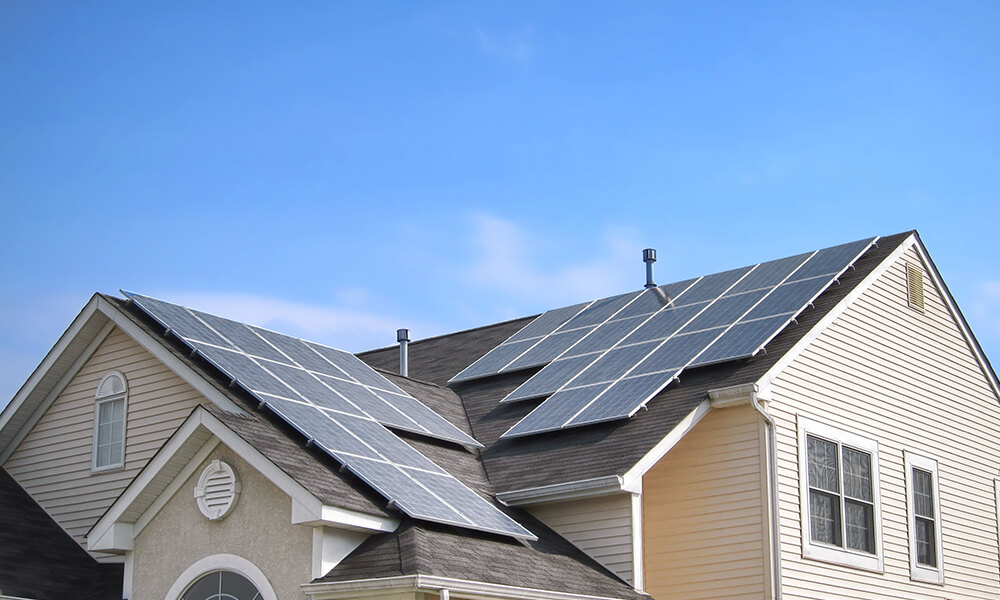
Do we have enough sunlight?
The short answer to this question is “yes.” Residents with solar panels should not worry about getting too much or not enough sunlight. For the most part, in many family homes, average residential solar panels are not used as the sole source of power. If the panels are the sole source of power, it is wise to consult with solar experts to ensure the sunlight being absorbed by the panels is the appropriate amount. The issue concerning the analysis of the duck chart is that PV power is still evolving. Professionals make new discoveries every day and are constantly improving the quality of residential panels. However, solar energy can be volatile, and the sun will never hit the solar panels in the same pattern twice. Solar experts continue to analyze whether or not current panels are effective, and will continue to make necessary advancements to ensure residents are receiving the amount of power they need.
The duck curve shows that solar power needs to be analyzed, as it proves complex and ever-changing. At J-Tech, we understand the importance of staying up to date with these types of discussions and enjoy sharing our knowledge with our community. If you have more questions about your current or future solar panels and the amount of energy they will generate for you and your family, call J-Tech today for help with all of your solar needs.

